Hélène Thibault’s new book on Tajikistan, Transforming Tajikistan: State-Building and Islam in Post-Soviet Central Asia, takes readers on a journey through the transformation of Tajikistan’s state structures and national ideology since the collapse of the Soviet Union.
A special focus is the coexistence and clashes between secular and religious ideology in Tajikistan, which was once lauded for being home to the only legal Islamic party in the former Soviet Union.

Interview with

Hélène Thibault
Professor Thibault currently teaches at Nazarbayev University in Astana. She previously served as a lecturer at the Université de Montréal and the University of Ottawa. She specializes in ethnography, religion, secularism, and the Soviet legacy. Her research interests include religious identities, especially the growing importance of Islam in Central Asia since independence, and gender issues in Central Asia, chiefly marriage and polygyny.
Can you tell us a bit more about your book?
This book focuses on the so-called religious revival in Tajikistan following independence in 1991. I was interested in the nature of this revival and the reasons why people have become more religious, or at least practice their religion more openly. I looked at different manifestations of religious practice, but also at the way people understand religion’s place in society.
My research was conducted mostly in the north of Tajikistan, in Sughd province, where I spent a total of eleven months in 2010 and 2011. My approach was primarily ethnographic: I was embedded in local communities, mostly in the city of Khujand but also in Isfara, Mastchoh, Ghonchi, and Qistakuz. I spent time speaking with and interviewing ordinary Muslims, some more strict than others, but also non-religious people as well as Christians. This was complemented with formal interviews with representatives of the state, official clergy, and political parties. I conducted a lot of interviews with members of the Islamic Revival Party of Tajikistan in Khujand before it was banned in 2015. My research is unique because it was conducted in a period when the country was still accessible to foreign scholars studying Islam, before Tajikistan’s consolidation as a full authoritarian regime.
The book retraces the secularization process in the USSR in order to highlight the extent to which the Soviet secular legacy continues to influence formal institutions and shape the popular understanding of religion’s place in society.
On the one hand, I argue that many of the laws and state practices regarding religion implemented in contemporary Tajikistan reflect the Soviet understanding of secularism. There is an understanding that religion has to be regulated and limited in order to respect secularism. There is also a tendency to perceive religion as a threat to social order and stability. On the other hand, I argue that the holistic and collectivist values of the Soviet repertoire continue to play the role of normative reference—even for religious people who strongly rejected Soviet atheism. Sovietism had its own ideology, worldview, moral codes, and rituals, which are close to religious ones. The Koran separates Good from Evil, provides daily, weekly, and yearly schedules, dictates food habits, and offers guidelines for managing marital relations, conducting business, and so on. If Sovietism was a totalizing ideology, Islamic codes of conduct are equally totalizing. I don’t suggest that believers felt “complete” in Soviet times, since many were indifferent to Sovietism, but religious behaviour can be seen as a quest for life direction, a strategy to cope with the disintegration of the social order following the collapse of the Soviet Union, which was aggravated by the civil war in Tajikistan. My most significant contribution is that I argue that a strict adherence to religion is a “sense-making” strategy, as it provides authoritative and moral guidelines for personal comportment and social relations in an environment marked by poverty, corruption, and limited political liberties. This is also perceptible within Christian communities. One of the important conclusions is that the religious revival is not necessarily political. However, believers often feel politically alienated because of the different restrictions on religious practice.
Finally, the book shows that those different interpretations become a source of tension within communities over what it means to be Muslim, since strict adherence to religion is often seen as a sign of radicalization by those who lead secular lifestyles.
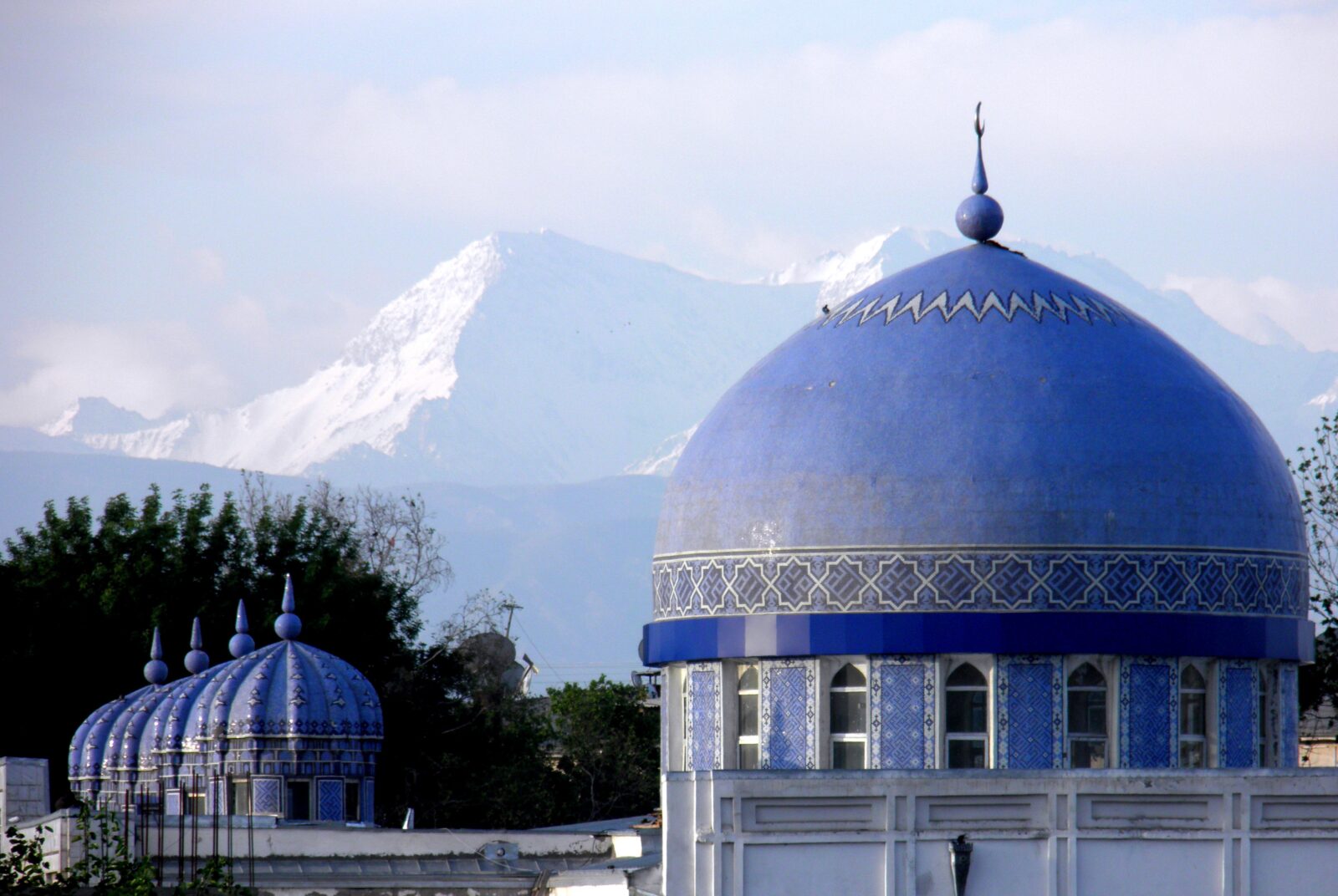
States in Central Asia have struggled to deal with the Islamic aspect of citizens’ lives for the past hundred years. If the Soviet Union had an ideological problem with the religion, what problem do the region’s current governments have with Islam? Security? Is it really just a threat of religious radicalization or something else?
One of the main arguments of the book is that the resolute anti-religious stance of the USSR has had a lasting resonance in Tajikistan, especially among elites. According to Marxist theory, it is considered oppressive, backward, and a hindrance to socio-economic development. Beyond that ideological aspect, religion—Islam in the case of Central Asia—was seen as a concurrent ideology that could be used to mobilize people and delegitimize communism. In political science, path-dependency theory suggests that norms and institutions tend to perpetuate themselves, because change is costly. The post-Soviet Central Asian elites, who were socialized and educated in a Soviet framework, tend to reproduce the same practices and be suspicious of religion. Islam carries something negative and suspicious. More importantly, it is understood that the authorities are responsible for controlling and regulating religion.
Until the late 2000s, Tajikistan was more tolerant of religion than other Central Asian countries.
There was what we can call a certain liberalization of the religious field, with an increasing number of mosques and religious schools (medresses). The political field also opened up, with the integration of Central Asia’s unique Islamic political party, the Islamic Revival Party of Tajikistan (IRPT), as part of the peace agreement. The IRPT found popular success, with almost 40,000 members all over the country even though his [party chairman Muhiddin Kabiri’s] base was mostly found in Sughd. This also translated into electoral success, which I think is what motivated the authorities to curtail their action as well as to crack down on Islamic activity in the late 2010s and especially after the 2010 parliamentary elections. Official results indicate that the IRPT won 8% of the vote, but representatives claim that the actual figure was much higher, close to 30%.
In 2009, the government strengthened the Law on Freedom of Conscience and Religious Associations and started cracking down on private practice of Islam, forbidding women to wear hijabs even in public spaces such as bazaars and forcing men to shave their beards. Minors are also prevented from attending religious services (with the exception of funerals) and religious education has become very limited. Those restrictions have to be understood in the context of an overall reinforcement of authoritarian practices in Tajikistan that also affect non-religious elements and communities. The recent conviction of Khairullo Mirsaidov, a prominent journalist turned comedian who publicly denounced corruption, on charges of ethnic and national hatred is symptomatic of the expansion of repression. However, his release—which followed an international mobilization—is an encouraging sign that Tajikistan cares about its international image.
Beyond politics, there is a disposition to control all aspects of social life, from freedom of speech to clothing and leisure. In April 2018, the Ministry of Culture published a 367-page official clothing guide for women. The guide recommends clothes that match the “national culture.” The Ministry promised the publication of a similar guide for men. On my last visit to Tajikistan in 2017, I was surprised by the amount of control exerted over ordinary citizens. I find the implementation of the law on the upbringing and education of children (adopted in 2011) very problematic. Among other things, it stipulates that youth below 20 (the age of majority is 18) should not roam free in the streets at night. School teachers are actually mobilized to check on them. The overall socio-political environment in Tajikistan is rather oppressive, and not only for Muslims.
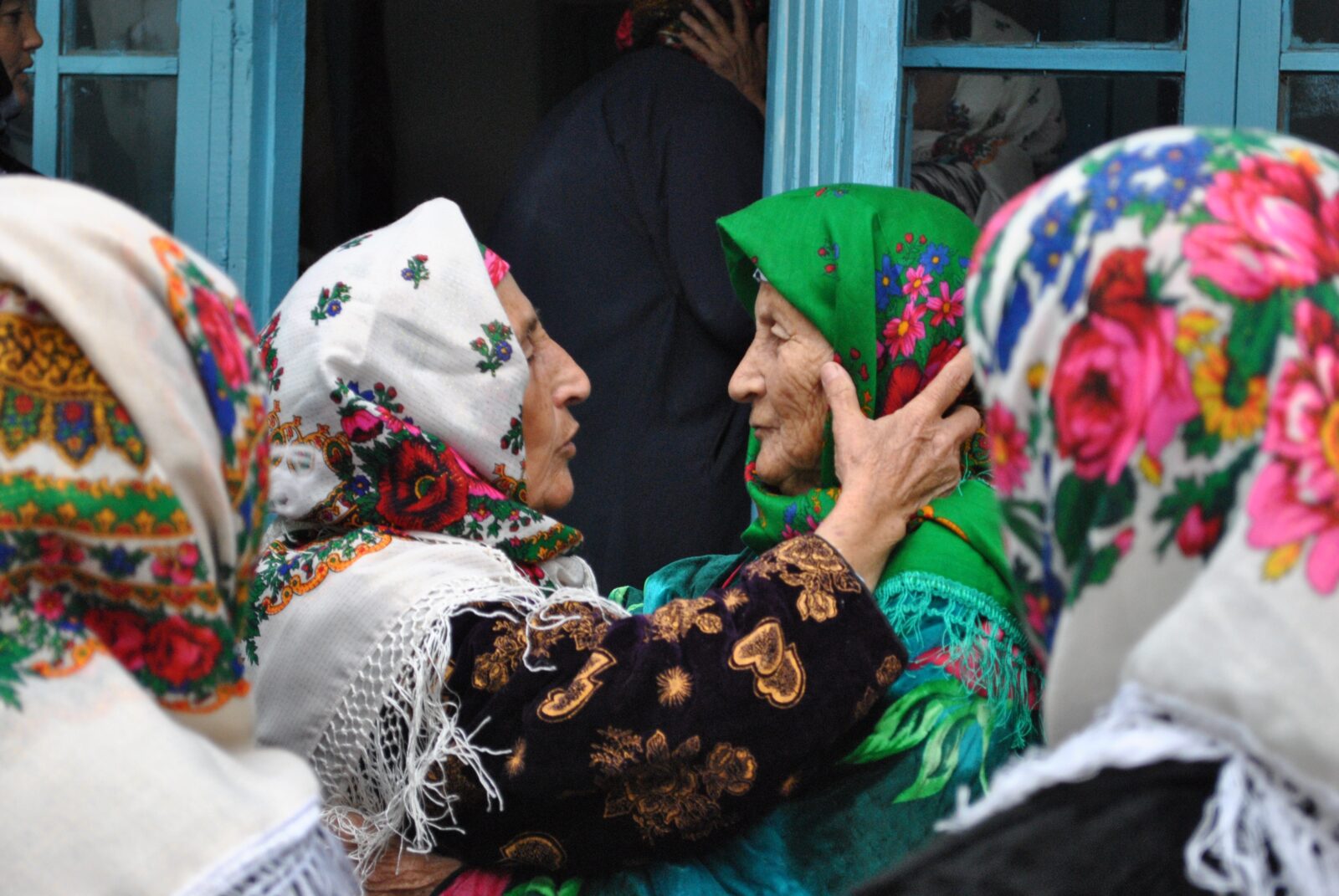
It seems some neighbors follow Tajikistan in its efforts to control the religious life of its citizens, an example being Kazakhstan’s decision to ban the hijab. Is it so?
I would say Uzbekistan was one of the first countries to start imposing severe restrictions on believers and religious leaders. Again, I come back to the argument of path dependency on the Soviet legacy. Authorities will inevitably perceive increased religiosity as a worrisome phenomenon and a potential threat to state secularity. Kazakhstan has recently started restricting religious practice in reaction to the attacks perpetrated in the cities of Aktobe and Almaty in 2016. They were organized by a group associated with radical Islam. Yet I would say that, in the region, the Kazakh and Kyrgyz authorities are more open to dialogue than their counterparts. For instance, Salafism is not illegal in either of these countries, because authorities distinguish between Salafism and violent Islamic radicalism.
The international intelligence and academic communities are also responsible for portraying the region in a negative light. The academic literature in the 1990s was very alarmist and many feared a rapid Islamic radicalization of the region because of the newly established relations with the Muslim world and the sudden liberalization of the religious field. But 27 years later, we have to admit that these pessimistic scenarios never materialized. However, there is a tendency among Western observers to perceive Central Asia as a fragile region, especially because of its proximity to Afghanistan. The Taliban and now ISIS presence in Afghanistan are worrisome indeed, but I have confidence that the great majority of Central Asian societies are immune to radical discourses. Yet I strongly believe that social injustice and economic marginalization should be addressed to prevent the growth of intransigent attitudes.
The literature on civil conflicts usually identifies state weakness as the most likely cause of insurgency. In that sense, the Central Asian states have nothing to fear; on the contrary, the authorities have been consolidating power since independence, but not necessarily in the most positive way.
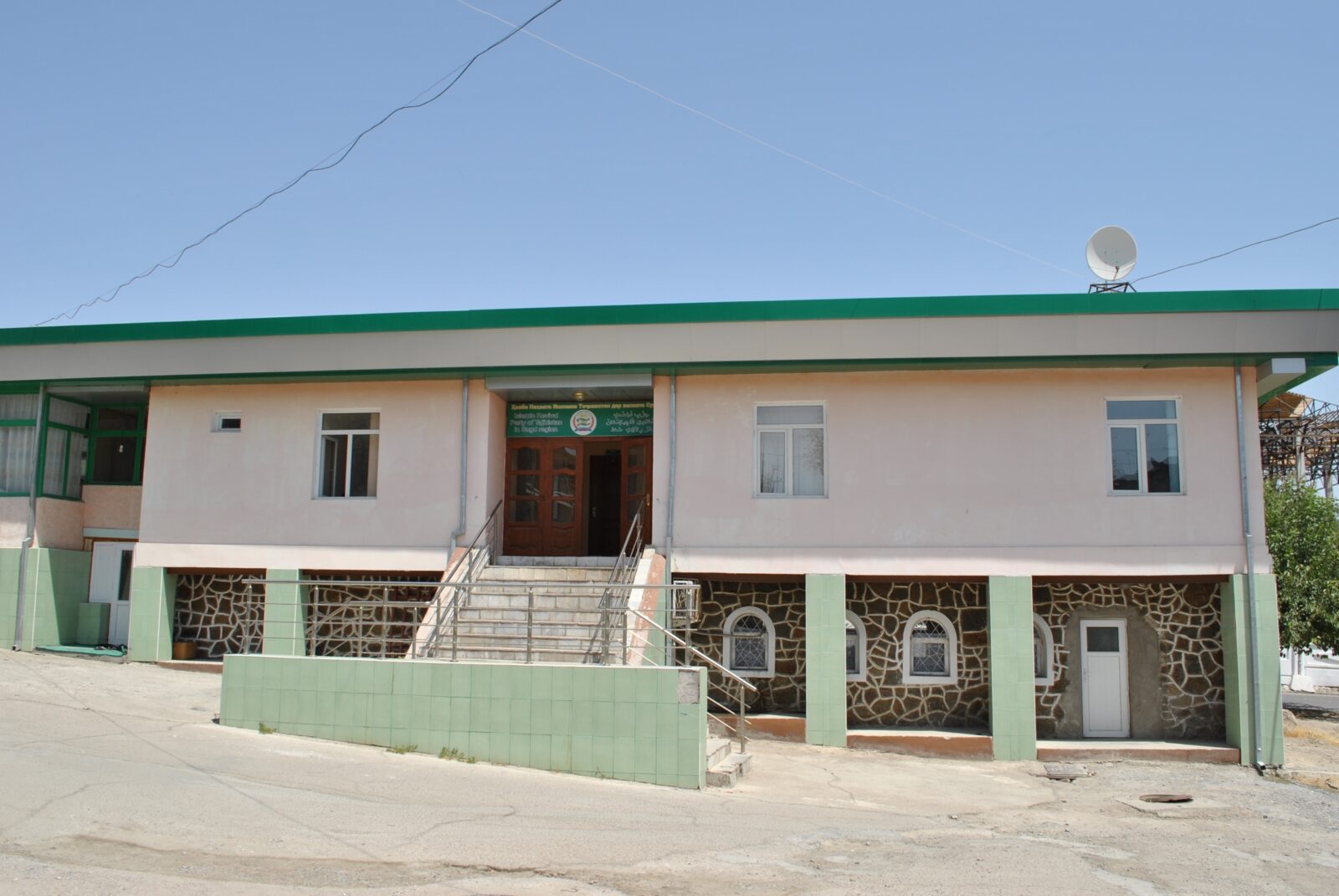
Why do some ordinary people, Muslims, support “secularization” even at the expense of violating religious people’s rights? Are they scared of forced Islamization or do they psychologically feel bad when, for example, their neighbor goes to the mosque and prays, but he drinks alcohol, or the neighbor wears hijab, but she loves mini-skirts?
Indeed, some people’s narratives revealed that different degrees of religiosity can contribute to social tensions, mainly between those who identify as secular or as moderate believers, on the one hand, and those who live by strict religious principles, on the other. This might be due to the fear of being judged by their neighbours or acquaintances for things deemed “sinful.” There are indeed some strict believers who refuse to engage with non-believers and are not open to other interpretations of faith. However, I have also met strict believers who were friendly to others and embraced differences. I think such tensions are due not to the growth of religion per se, but to the fear that such growth inspires in secular segments of society. For most moderate believers, strictly observant Muslims are seen as dupes or victims of fanaticism. Some strict believers have no trouble envisaging an Islamic democracy, but moderate believers see little (if any) compatibility between Islam and democracy. For them, political Islam leads inevitably to limited freedoms within a Sharia-based society. Most religious moderates view the reaffirmation of religious values as a return to obscurantist ways.
Some in Tajikistan say that the new “secularization” process—or I don’t know what you call it, “anti-Islamization” process?—has had the side effect of increasing crime among the younger generation. They say that when mullahs had free platforms, youth were more respectful of law, culture, and customs—they were afraid of God. But as this platform was closed, youth also changed. Have you or anyone studied the impact of anti-religious policies on the young generation?
I think it is still a bit early to see the impact of those restrictive policies on youth. The government is trying to curb religious practice and it is not yet clear whether it has been successful or not.
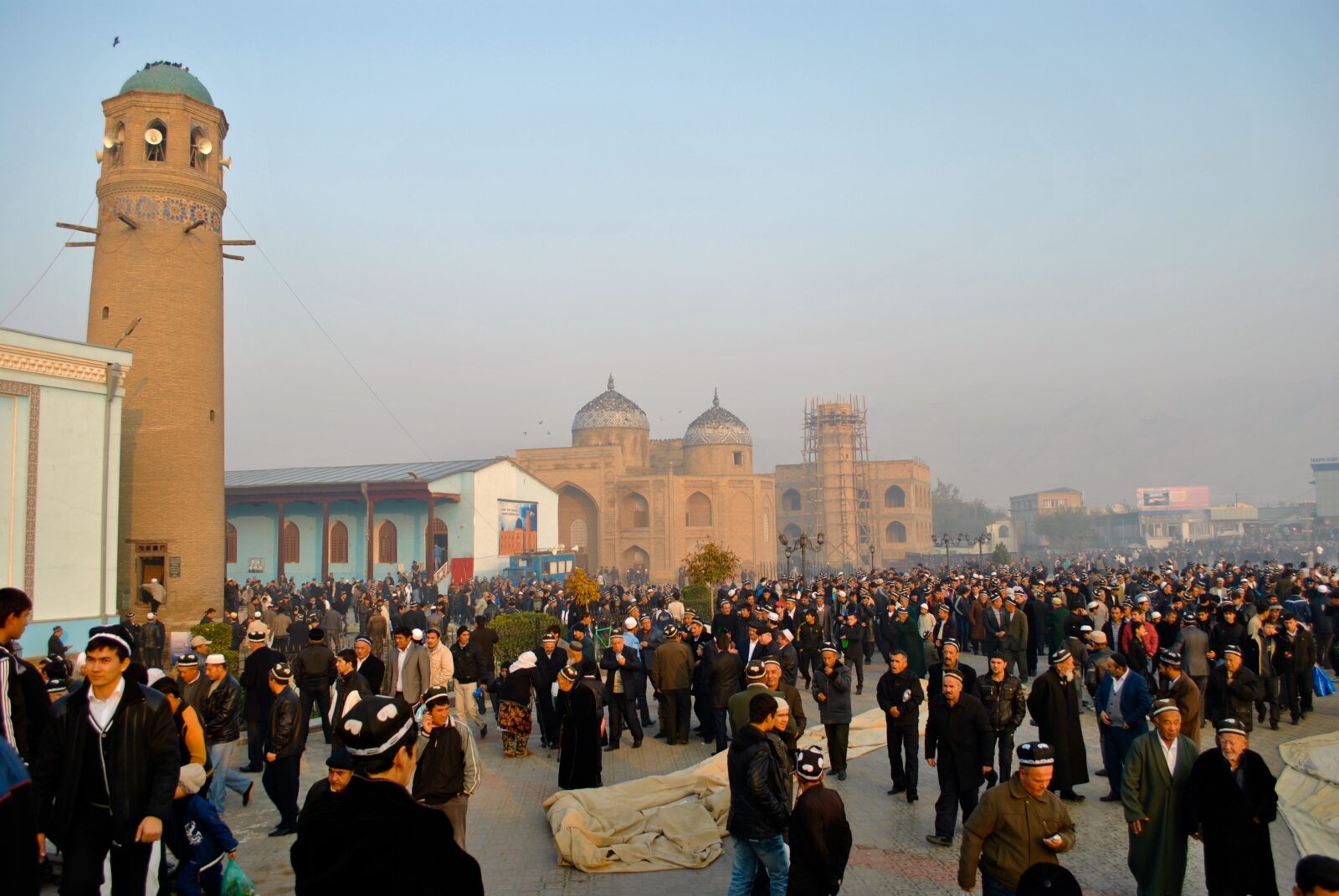
The Tajik government attempts to create an image of its president as a saint. Wouldn’t it be easier to do this through Islamic ideology, the same way rulers in the Middle Ages used to do: the king is God’s shadow on earth, his orders must be obeyed, etc.?
The cult of personality is quite common in Central Asia, except perhaps for Uzbekistan and Kyrgyzstan. Kazakhstan and Tajikistan have even embedded the special status of their Presidents as Fathers of the Nation into their Constitutions. I believe it would be unthinkable for Emomali Rahmon to associate himself with Islam in such a way. First of all, he does not have the religious knowledge to claim religious legitimacy. Second, his secular values prevent him from associating political power with Islam. Instead, he prefers to appeal to paternalist values, which also resonate with the population.
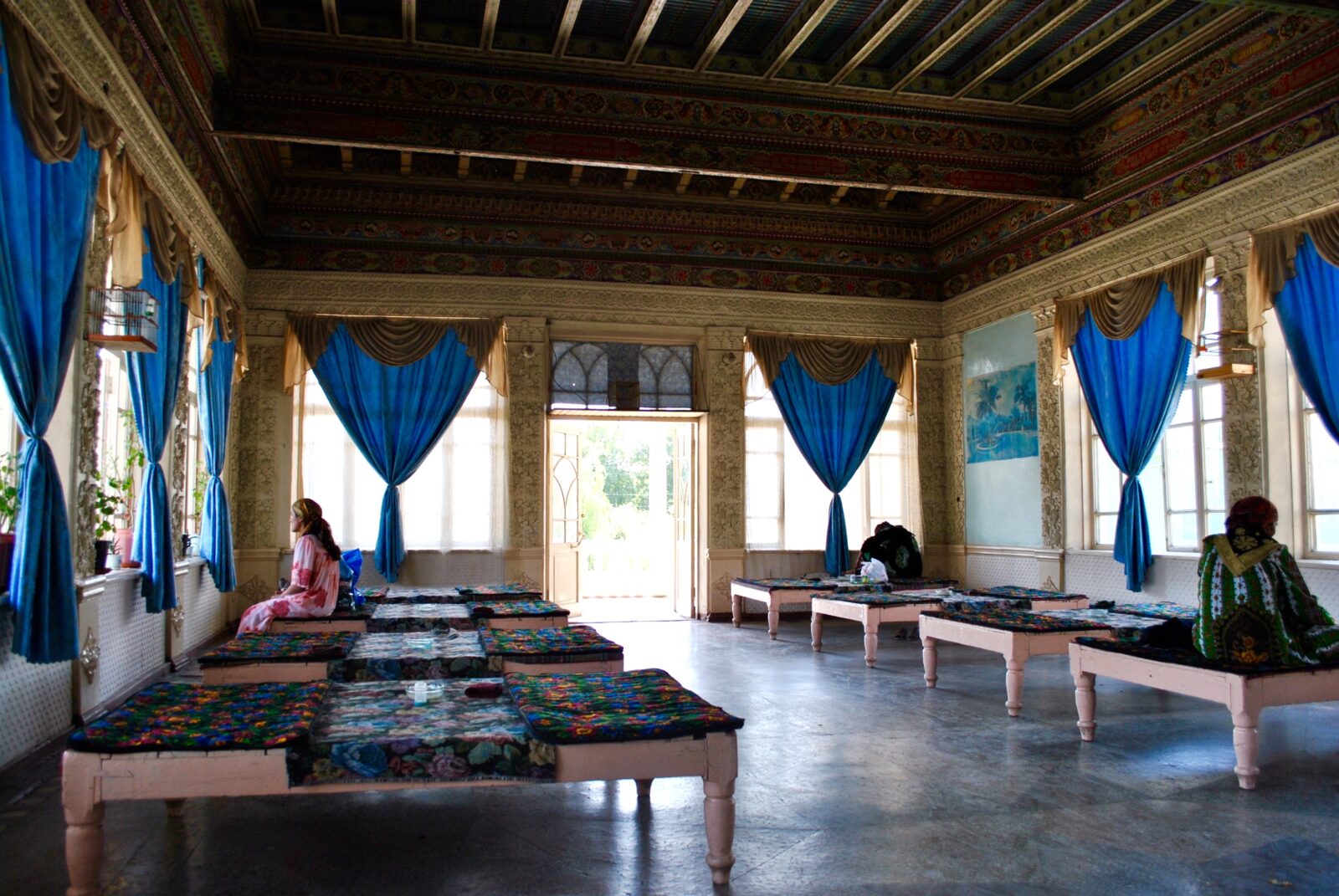
Why do you study Tajikistan? What made you to choose a small, poor country that not everyone would agree to spend time on?
I have been intrigued by Central Asia since the beginning of my undergraduate studies. Its rich history and the mix of cultures—Asian, Islamic, Persian, Turkic, Russian, and Soviet—are absolutely fascinating to me. When I started my PhD in 2008, Tajikistan was one of the Central Asian countries that was poorly studied by academics. Indeed, Kyrgyzstan, Uzbekistan, and Kazakhstan were more popular among scholars, maybe because living conditions were better. Tajikistan was also a relevant case because I was interested in religious revival, which is quite significant there. The presence of an Islamic party, the only one in the region, made Tajikistan extremely pertinent.
How would you describe Tajikistan in one sentence if someone in your native Canada asked you what type of country it is?
A sunny country with a rich history and conservative, colorful, and kindhearted people who face adversity with immense resilience.
All photos by
Hélène Thibault














